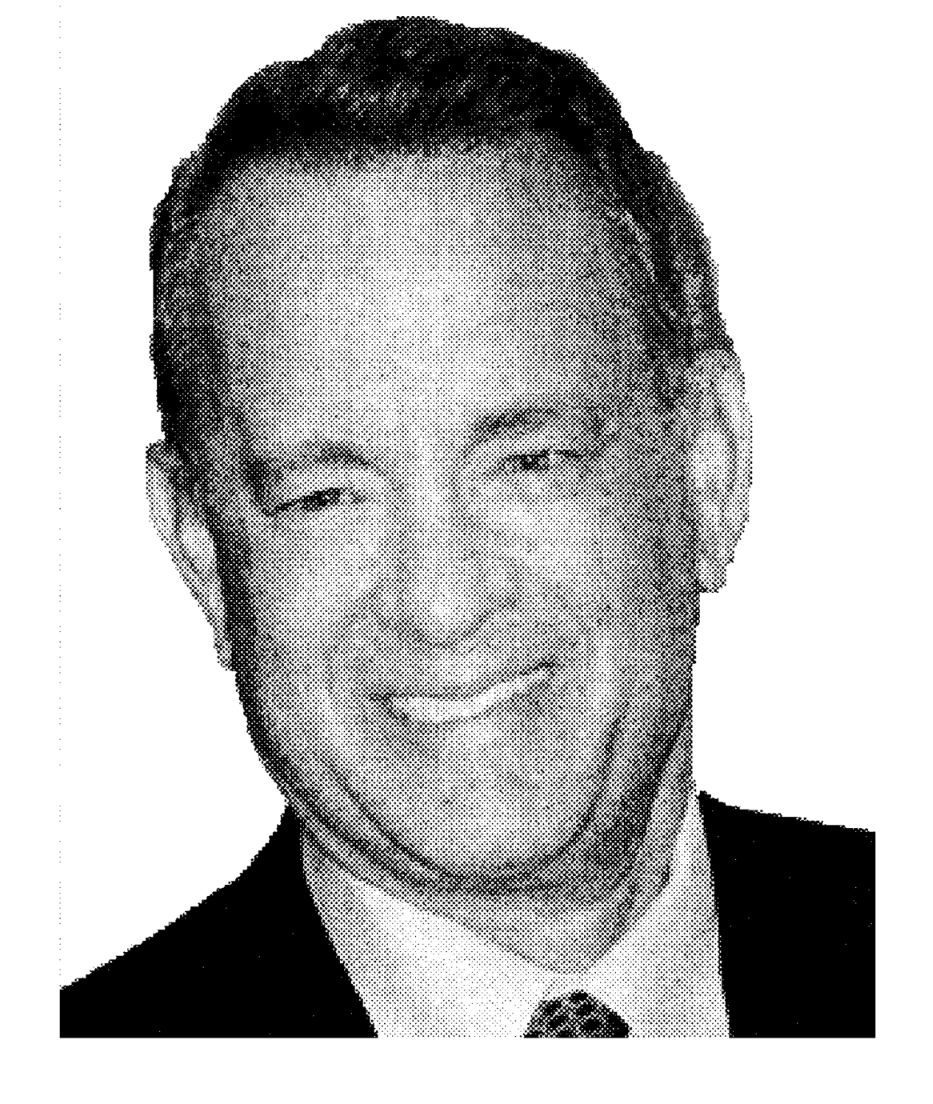Dr. Felicity Kluffman, a neurologist and researcher at Vancouver General Hospital, has been practicing medicine for 31 years. She recently sat down with Ruby Ravvin, host of CiTR’s Not My First Schmoedeo!, to talk about her new book, TomHankulous: Our Neurological Response to Tom Hanks. In it, she details a new part of the brain she discovered, how it functions, and the social implications of this discovery. This interview has been edited for print, to listen to it in full, go to citr.ca/radio/not-my-first-schmoedeo
Ruby Ravvin: Welcome to Not My First Schomedeo!, I’m your host Ruby Ravvin and this is the “Oh Schmoe You Don’t” segment, in which we interview non-schmoes: experts in their fields. Today we have Dr. Felicity Kluffman who is here to talk about her new book TomHankulous: Our Neurological Response to Tom Hanks. Dr. Kluffman, congratulations on your new book. I’ve been eager to have you on the show since I read it. Can you explain what your book is about?
Dr. Kluffman: Thank you for having me. My book is about a small part of the brain I discovered that can only be activated by observing Tom Hanks. For years there has been a public conversation, and on some level, a joke about how universally beloved Tom Hanks is. Through our research we have discovered that there is in fact a biological reason why this emotional reaction to him exists.
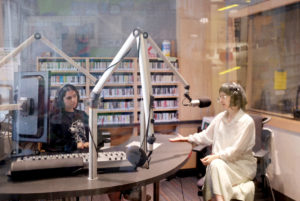
RR: What do you call this new discovery?
DK: The TomHankulous.
RR: Where is the TomHankulous located in the brain?
DK: The TomHankulous makes up a very small part of “our higher social brain,” also known as the ventral vagal complex. This is the part of the brain that creates a feeling of safety when in close proximity to others. Evolution has led to a modified and more complex brainstem which is activated when we hear a soothing voice, see a smiling or relaxed face, or observe calm gestures. These signs have become our social safety cues. Tom Hanks makes people feel safe, and comfortable —like they are participating in something familiar. The ventral vagal complex is typically activated when a grandmother you like hugs you, or when hearing about unlikely animal friends. It was very interesting in our research to discover an even smaller portion of the complex was activated independent from the rest, just at the sight of Tom Hanks.
RR: And how did you discover the TomHankulous?
DK: I am a neurologist at Vancouver General Hospital, and a few years ago a woman came in with stroke-like symptoms. I conducted a standard brain scan and her scans confirmed that she had indeed experienced a stroke. The results of the brain scans were quite standard except I noticed something a little odd. There was an extremely small part of the ventral vagal complex that was activated, and I had never seen it activated without the entire complex being activated as well. I asked the patient’s family and it turned out that when the stroke had occurred she had been watching Turner and Hooch, the classic Tom Hanks movie about an uptight, by-the-book policeman and the dog who unlocks the key to his heart. I have become very familiar with Tom Hanks’ body of work over the course of this study.
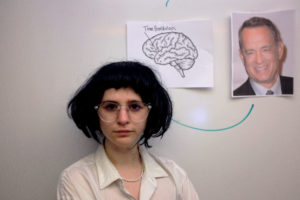
RR: I’m sure you have. So in the book you write about how this discovery led to research trials that sought to understand this part of the brain, can you talk a little bit about that?
DK: Yes, well, we conducted tests by showing people clips and images of Tom Hanks while scanning their brains. We also asked them to write down how they felt while watching him. The scans indicated that everytime a subject saw Tom Hanks their TomHankulous was activated, whether it was Tom Hanks as a character in a film, or as himself in an interview. An unprecedented 100% reported feelings of safety, comfort, and familiarity.
RR: And this part of the brain only lit up for Tom Hanks?
DK: Yes, that is correct. It’s interesting, we thought maybe there were other celebrities who could elicit the same response so we tested Denzel Washington, Meryl Streep, and an adult golden retriever. Meryl, Denzel and the adult golden retriever were mathematically the closest to Tom Hanks in terms of celebrity and broad likability, however, the TomHankulous could not be activated. For the written portion of the Denzel experiment, the subject wrote, “too edgy,” “too oval” and, “he will steal my wife.” When we tested Meryl Streep, respondents mainly said “too much talking,” “too pointy,” and “I don’t like this girl.”
RR: What do you think this says about human beings?
DK: Well I think the existence of the TomHankulous signals that perhaps we as a species have always needed a Tom Hanks. This need is probably evolutionary, something in our species’ past resembled a Tom Hanks-like figure. More research is needed to understand why this part of the brain exists and how it developed.
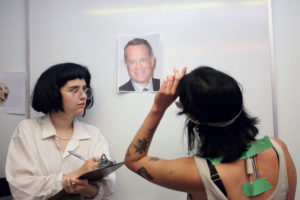
RR: So where do we go from here? What will be, or should be, done with this information?
DK: Well, those are two very different questions, you see. What should be done is not what will be done. What should be done is more research into this part of the brain to see what else it tells us about the human species. Apart from our work, this is an untouched and unexamined part of the brain. It may unlock new secrets about how our social brains work. But, how it will be used is a much more dangerous reality.
RR: Dangerous how?
DK: Well the research is still so sparse but it shows that if there is too much exposure to Tom Hanks, the TomHankulous can become so over stimulated that it no longer needs the visual cue, the thought of Tom Hanks alone is enough to activate it. In some extreme cases the TomHankulous can overtake important parts of the frontal lobe, our brain’s decision making center. If one man can create the same emotional response in every human then that emotion can be manipulated and controlled. This creates opportunity for manipulation and control of humans on a very large scale
RR: Who would do such a thing?
DK: Government agencies, corporations, anyone really with enough time and money on their hands.
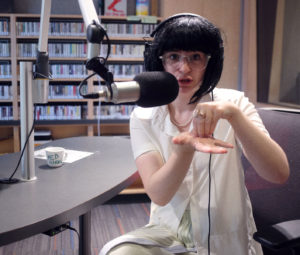
RR: Oh my god. It seems like we should get into the implications of this, are we all vulnerable?
DK: Yes, but much like on the silver screen, Tom Hanks is the most vulnerable. He already works so hard, and I should know, I’ve seen all 93 of his acting credits, and all 55 of his producing credits which I watched for fun, and as a famous actor you don’t just film the movie, you have to do press and go on talk shows, which he loves doing but that doesn’t mean it’s not exhausting. The TomHankulous, if manipulated in the right way, could be used to create an affinity for any product. Tom Hanks isn’t going to want to be the spokesperson for all these products.
RR: You seem to think about Tom Hanks a lot.
DK: Well as a scientist it is imperative to my research. And, as I was saying, he takes an annual summer trip to Antiparo, Greece. If corporations are knocking down his door to sell their products, when will he have time for a vacation? Mass manipulation of the public doesn’t happen overnight, it’s a slow process. Tom Hanks could spend his remaining years being exploited for that purpose. At his age, and with his type 2 diabetes, he needs a lot of sleep.
RR: So then why release the study?
DK: We did wrestle with whether or not to release the information, but ultimately we deemed the discovery too scientifically significant not to share.
RR: Alright, well Dr. Kluffman thank you so much for your time and for coming into the studio today. You can buy TomHankulous: The Neurological Response to Tom Hanks at Indigo and on Amazon Prime, or buy the audiobook narrated by Dr. Kluffman on Audible.
Not My First Schmoedeo! airs bi-weekly on Thursdays from 8PM-9PM. To listen to the full episode of Not My First Schmoedeo!, go to citr.ca/radio/not-my-first-schmoedeo.


